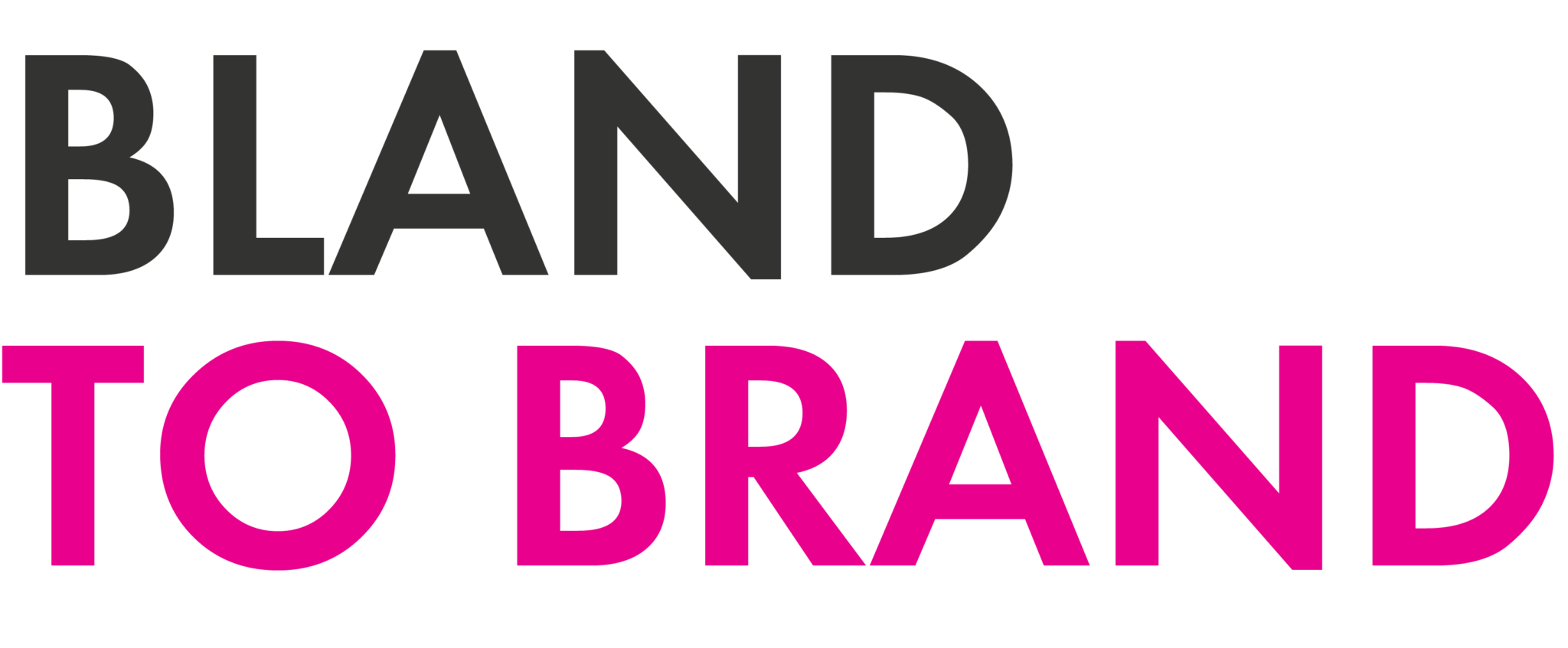IDENTITY
Who are you?
The thing most people get fascinated with is a logo. They simply love it. The thing is, though, a logo can only communicate so much. Don’t expect it to communicate the emotion, or be so clever that people go, ‘Wow!’. A logo is something that should just be simple and easy to understand
The role of the logo
Take a look at the retail high street, most brands have very simple typography based identities. From John Lewis to Zara, to Marks and Spencer. The reasons for this are: one, it’s the fashion, but importantly, two, is that we live in an over-communicated society so, if the brand name and logo are different, you have just doubled the communication battle. First, someone needs to understand the mark (what most people call the symbolic logo) that represents your brand, then they have to understand the words that spell out the brand. Easier if both of those devices were in a single typographical element.
Simplifying brand identities
Even famous brands nowadays remove or don’t give as much prominence to the mark that is associated with the name. Take Starbucks, when you see a Starbucks fascia, in a heavy font, you’ll read the words ‘Starbucks Coffee’. The little mermaid thing which is the mark is relegated to a secondary role and hardly used. Same goes for McDonalds, where the Golden Arches are dropped and hardly used. Another example is Three, the mobile phone company where they started off with a symbolic representation of the brand with a designed up number ‘3’ and now it is just the letters of the word. It is all done because it is much easier.
Colour my world
What actually more important than the logo is the colour. Colour can be replicated again and again. And the more it is and if done well, the more a person creates a connection with a brand and finds that this is well thought out. For example, Gail’s Bakery, a nice little brand, uses red and off white for their brand colours. Gail’s will then use the red in nice touches, like the colour of the cord on their pendant lights, in cushions and on the table with a little red flower holder. All cool ways of replicating the brand without being overpowering and splashing the logo everywhere. Check out this article on the relevance of colour psychology.
If you want to communicate your brand values or the ethos and feel of the brand, that is meant to be done with all the communications that surround a business, e.g. brochures, flyers, websites etc. That’s where the real personality of the brand shines, not the logo.
Here are a few examples of identities we have created, and you can see more in our case studies section.

